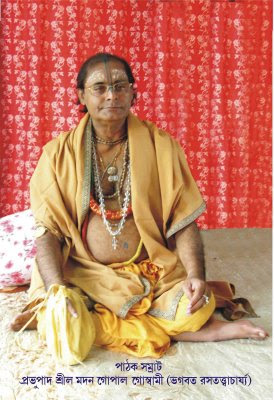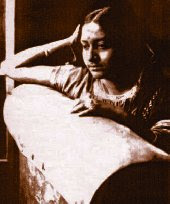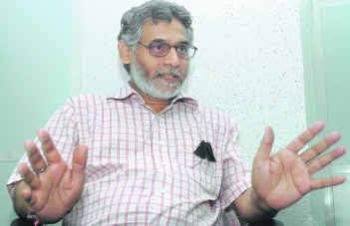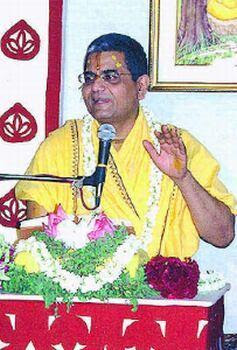Swami Karpatriji
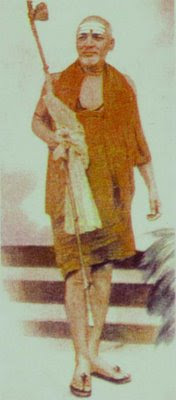
I wanted to write a blog about the classes and lectures I listened to in Vrindavan, but I never got around to it. I did mention Prema Das's very enjoyable Chaitanya Charitamrita lectures at Radha Raman Nivas, but did not give a summary of the morning Bhagavata classes that I attended at the Krishna Balaram temple. I thought I would check the general temperature of Hari Katha at that noble institution and probably went to about eight or ten classes altogether, nearly every day someone different. I heard Radha Raman Swami twice, as he spoke in English one day and Hindi the next. About those Iskcon lectures, I will only make one comment, and that is that I cannot recall having heard the name of Radha a single time, nor Vrindavan, nor the word prema. The only exception to this dearth of rasa was perhaps one young brahmachari who read a couple of songs by Jnana Das about Krishna's rupa. It must be said, though, that as someone who likes to speak Harikatha, I cannot help salivat
